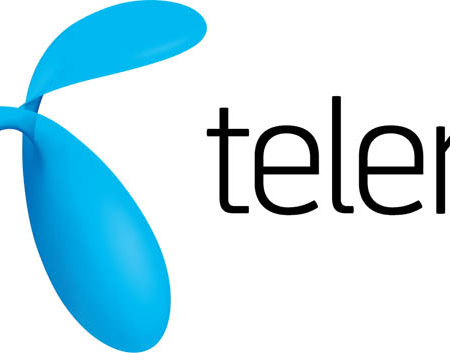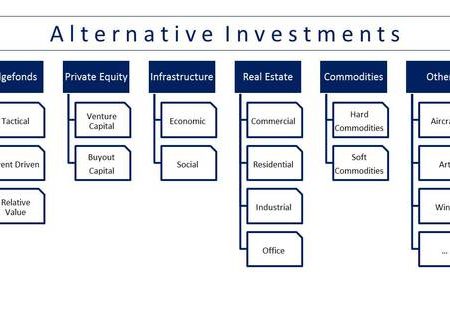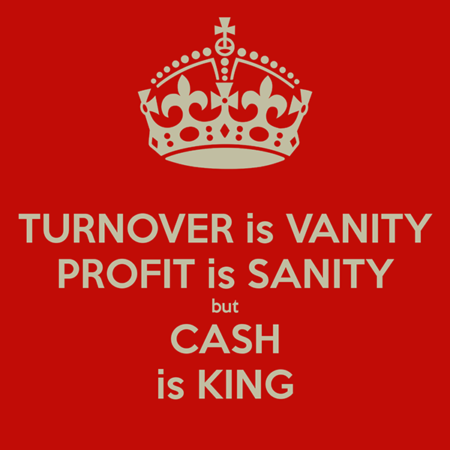Costs of Financial Disclosure
Financial disclosures definitely reduce information asymmetry that exists between managers and stockholders. Financial statements (balance sheet, owner’s equity statement, income statement and cash flow statements and notes & explanations) are required by different groups of stakeholders. This stakeholder group encompasses managers, shareholders, employees, lenders and other suppliers, customers and government/regulators. These diverse groups of stakeholders need financial statement for completely different reasons and not always their interest merge. There remains some agency problem linked up with disclosing contents in the financial statements. Capital markets are expected to remunerate firms having better disclosure (lower cost of capital) and punish firms having inadequate disclosures (higher cost of capital and capital rationing, credit squeeze etc.). But are there any costs regarding financial disclosures? Or do financial disclosures cost-free?
There are two types of costs associated with financial disclosure. Direct cost consists of collection and processing cost; this is explicit cost and on a proportionate basis this is a marginal cost. Litigation cost, political cost, competitive disadvantage cost, myopic behaviors are explicit costs and on a proportionate basis these are the major sources of cost of financial disclosure.
Enhanced level of disclosures (quarterly and semi-annual statements, NPL- non-performing loan, off-balance sheet disclosures) is increasing the collection and processing cost; still these direct costs constitute a small segment of the overall cost. Pro-forma disclosures (EPS forecast, Pro-forma annual reports) often lead towards costly litigation. So, this fear of litigation often reduces the voluntary disclosure contents. Deferential tax treatment and anti-trust violations can be reinforced through disclosures. Before approving any merger and acquisition transactions, anti-trust authority looks at the financial statement data. Excessive profit making and its subsequent disclosure may result in deferential tax treatment (even in Bangladesh banks, NBFIs and Telco’s are charged at an excessive tax rate). Disclosures may reveal business secrets like performance of business segments, research and development expenditure; these key disclosures often come at a cost of compromising competitive edge. Sacrificing long-term benefit for achieving some short-term objectives is known as myopic behavior. EPS forecast exerts pressure on the management and in order to get stick to that EPS announcement very often managers sacrifice the long-term prospect.
Blog Writer: Hussain Ahmed Enamul Huda











Leave a Reply